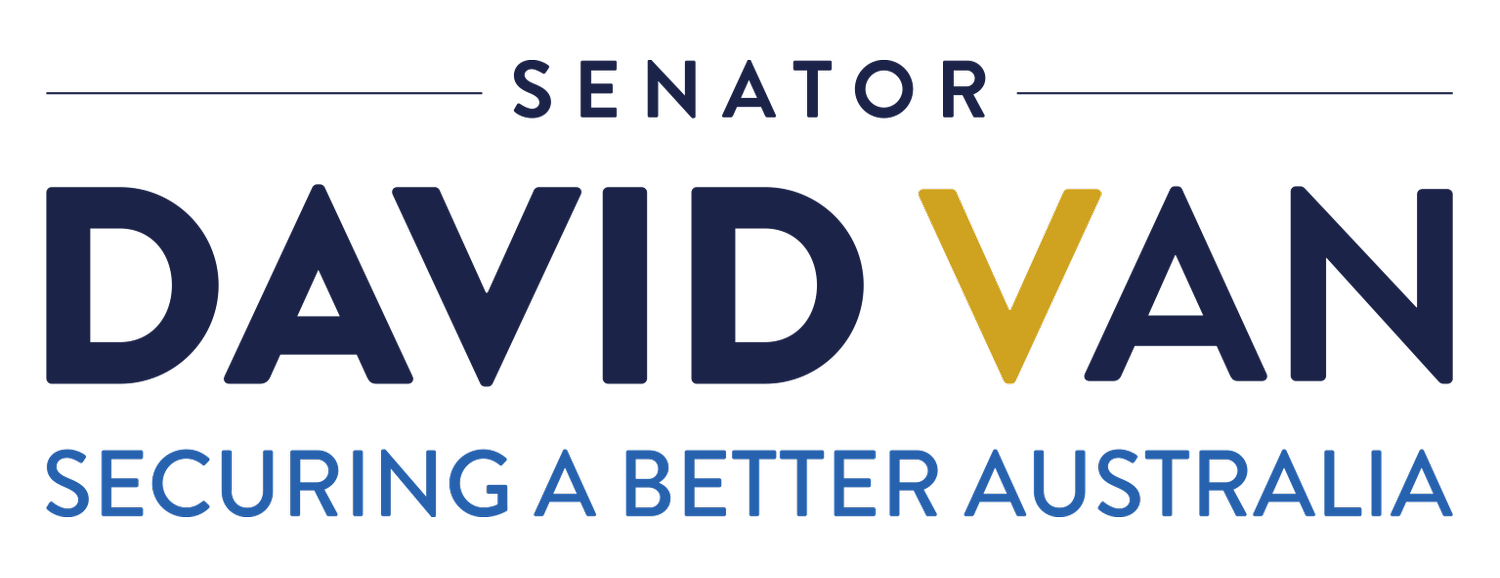EV Chargers in Parliament House
CHAIR: I'll let Senator Van go next on the basis he's going to be brief. I'm trying to enable senators to rationalise their time. I can inform the committee that the coalition has had two hours and 38 minutes worth of questioning, so it's certainly reasonable to allow others to have time. I'll pass to Senator Van, then I'll come to Senator Pocock, and, if there's time remaining, it'll come to Senator Steele-John.
Senator VAN: Thank you, Chair. I have some questions about the EV chargers that have been installed in Parliament House recently. I heard some questions put by my colleague earlier. Can I just confirm that there were 58? I think the amount that I heard was $2.4 million. Is that correct? Do I have that wrong?
Ms Hinchcliffe : There are 58 that will be installed. Not all of them are installed yet. I think there are 17 yet to go. The approved budget for the installation was $2.5 million.
Senator VAN: Unlike my colleague, I'm very pleased to see them in there. I think they're a great addition to Parliament House. How were they sourced? What was the process undertaken to choose that provider or that charger?
Mr Stefanic : The department approached ActewAGL to undertake the sourcing on our behalf, given the rollout of EV charging across the ACT, specifically.
Senator VAN: So it didn't go to tender?
Ms Hinchcliffe : We'll take that on notice, in terms of the process.
Senator VAN: My concern is—and you may want to take this on notice—that the chargers that were installed are a Chinese manufactured charger. Were you aware of that?
Mr Stefanic : Yes. There were some questions that arose in relation to it sometime ago. Australia does have very little manufacturing capability in terms of EV charging. I am aware that there are one or two suppliers that claim that they are made in Australia, but the reality is that all the key components are sourced and imported from China.
Senator VAN: I'll take you up on that—and we're getting to the nub of my questions here. Australia does have a very good EV charging environment. There are two or three companies that do actually manufacture here in Australia, and I'm just concerned that the most iconic place, the most iconic Australian institution, chose a foreign-made charger, whereas we could have been showing off what Australia can do instead of showing—we can't really show them off. I'm not very proud of them. I'm glad they're there, but I'm not very proud of them.
Mr Stefanic : I understand, Senator. I guess, just in terms of the sovereignty issues, one thing we were careful about is that the payment system was Australian and the data was kept here, so there is no risk of that data being sent offshore. That for us was a critical component. I'm not an engineer, so I can't give you the technical information, but I know that ActewAGL looked across the market and specifically looked at what is suitable for this environment. So certain chargers may not—the complete package may not be suitable for this particular environment, and the one that they sourced was the most appropriate.
Senator VAN: On notice, could you provide that advice from ActewAGL, please.
Mr Stefanic : I'll take it on notice.
Senator VAN: If you need to redact commercial parts of it, I'm comfortable with that. I'm just afraid, especially since the government has announced its Future Made in Australia program, that this department isn't looking to Australian suppliers for what it provides Parliament House. Thank you.
